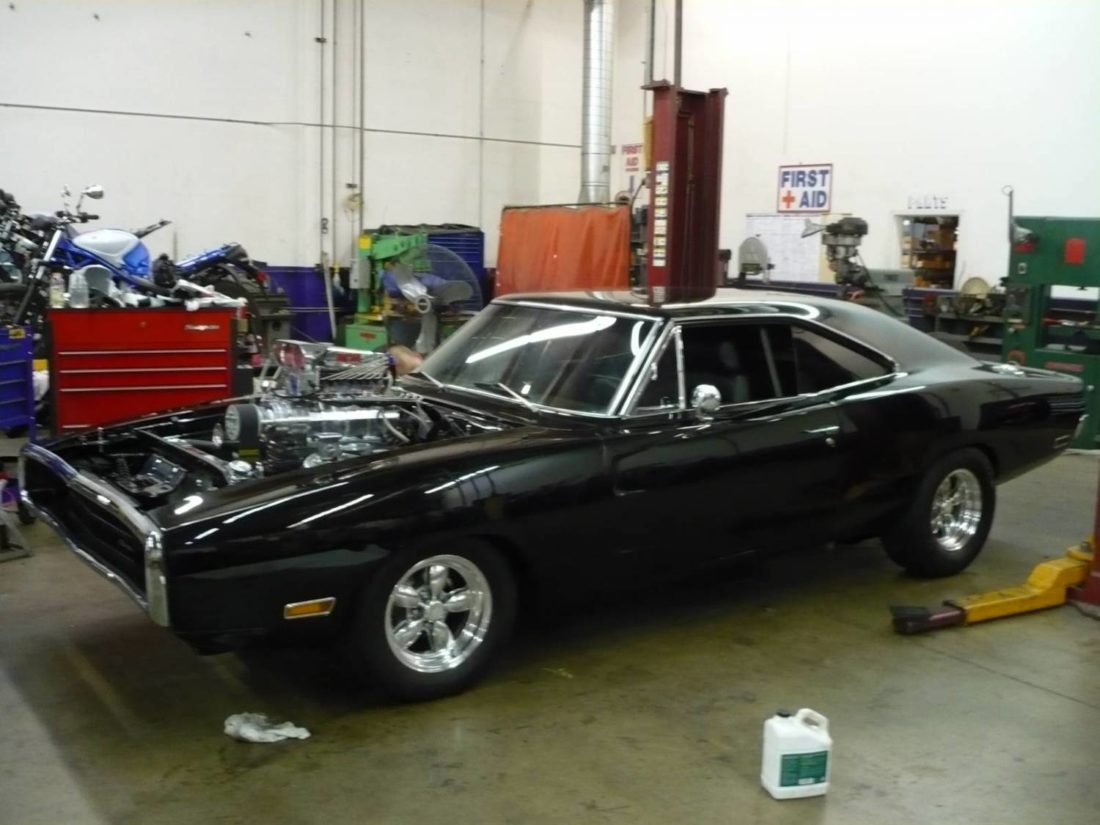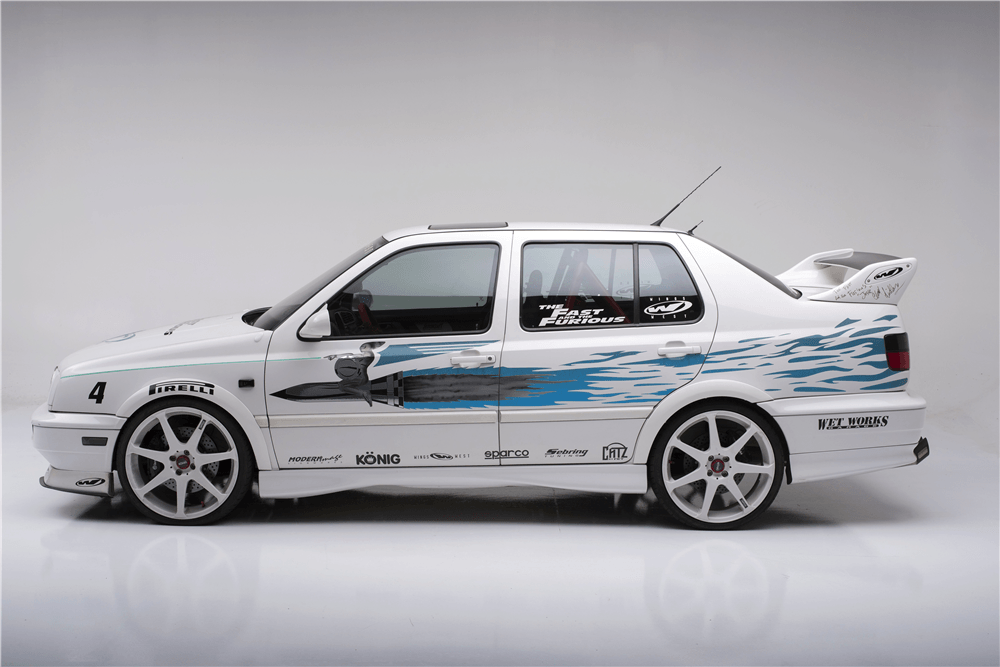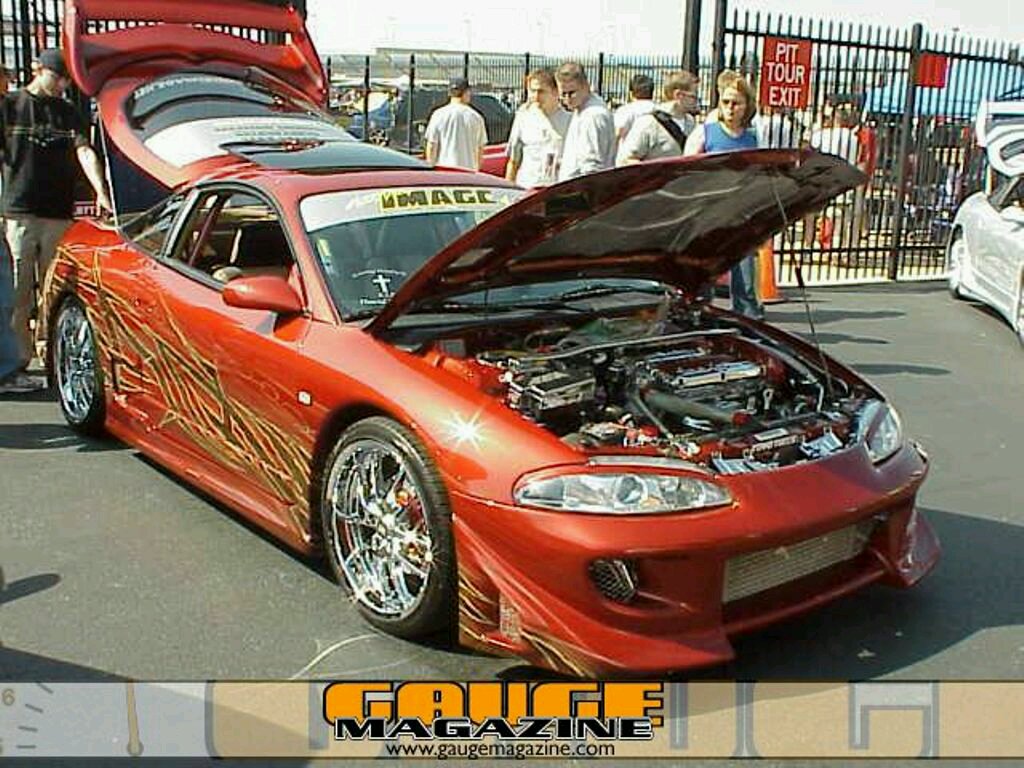Dom’s Charger from The Fast and The Furious
Dom's Charger specs remain a bit of a mystery to most people. For starters, just as we did with the other cars in this movie, we had multiple copies of the cars. A quick refresher - in this movie, we would have a "Hero" car. The term "Hero" doesn't mean it's driven by the hero of the film, it means that this was the nicest, prettiest, shiniest car of the several we would use. As far as this movie is concerned, the "Hero 1" title usually meant it had a modified engine with some nice eye candy under the hood, and the interior might have had numerous mods or accessories not found on the stunt cars. The Hero cars are used in "principal photography - in clear English, they're used for 1st Unit filming. For those who don't know, 1st Unit refers to the part of the film crew that focuses on the sequences where actors will appear. 2nd Unit refers to the film crew that focuses on filming the stunts. It's important to note that for this movie, we typically used TWO Hero cars for each car we cast. In short, for every car we picked, we'd have two pretty Hero cars
Why No Brake Calipers on Jesse’s Jetta?
Today, we delve into the burning question - one that has baffled fanboys and newcomers to the Fast & Furious phenomena for the last few years. Truthfully, I'm baffled that so many people don't understand that you can't really drive a car with just one brake caliper. So, in order to set the record straight, I'm answering that question once and for all right here. If I directed you to go this post from one of my social media posts, good for you - you're not as lazy as some people. First off, you have to understand what was going on behind the scenes. When filming these movies, we had multiple copies of every major car. For my Supra for example, we had three identical clones. Clones are needed for use as stunt cars. It went like this: The prettiest, shiniest, most modified version of my Supra was my actual car which was called the "Hero 1" car. We made a clone of that car as back up and dubbed it the "Hero 2" car. This car is used for situations where Hero 1 is not available. Another pair of clones were dubbed "Stunt 1" and "Stunt 2." These cars are used for all the crazy
What Killed the Tuner Market?
For starters, it's important to note that the tuner market isn't dead at all - it has evolved. It's important to give a little background for younger readers who weren't there to live through it so that they can make sense of its roots and its evolution. The 1990s In the 1990s, people really started modifying cars like the Honda Civic, Acura Integra and other imported 4 and 6 cylinder Japanee cars. Many of these people were simply customizing cars that were handed down by their parents or were affordable enough for a young person of modest means to reasonably finance. Like any true hot-rodder, these people wanted to personalize their cars. This tradition goes back to at least the 1950s. By the late 1990s, several magazines had emerged that would showcase their efforts. Magazines like Super Street, Sport Compact Car, Import Tuner and Turbo, Later on, other titles jumped into the foray including HCI, Modified and MaxPower USA. In Europe, they were already producing great magazines like OptGezet, Redline, MaxPower UK and many, many others. The trend was now global. Car shows like Hot Import Nights, Import Showoff, Extreme AutoFest and the NOPI show were among the biggest in the USA. NOPI, run



